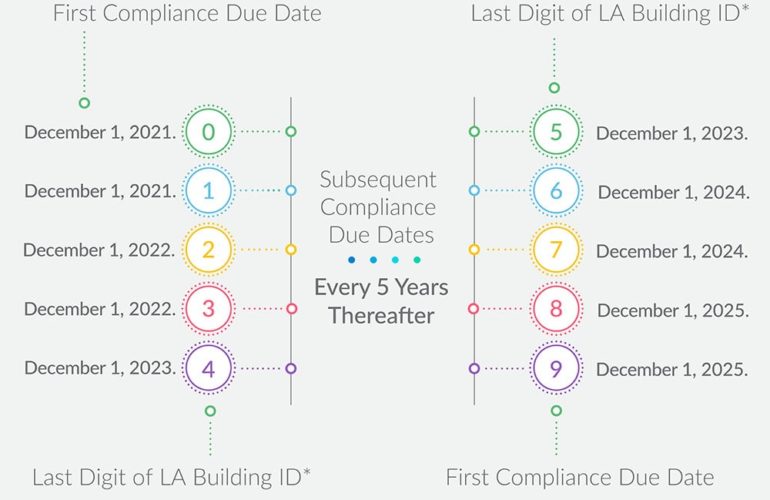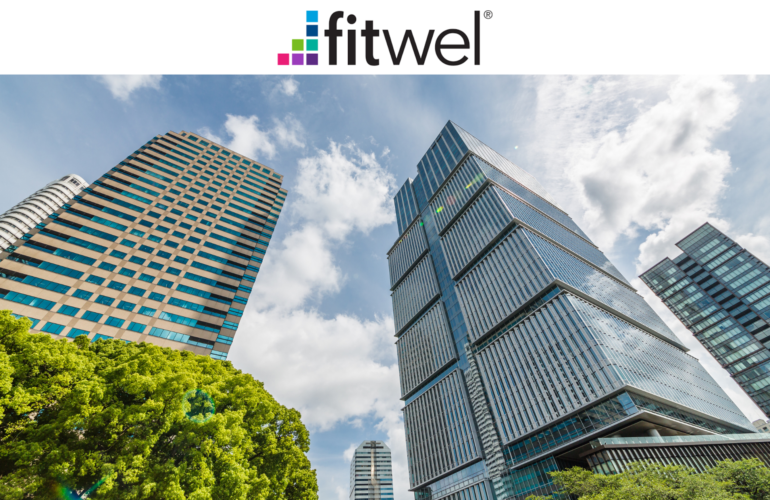Energy Disclosure in California has had a bumpy road...
AB 1103, in effect from 2014 to 2015, required all sales, refinancing, and single tenant leases of an entire building, of 10,000+ sq. ft. or more was required to disclose energy usage prior to signing of any financial contract.
In October of 2015, the California Energy Commission (CEC) decided to appeal AB 1103 because utilities struggled to access energy usage data in multi-tenant buildings due to privacy laws. All meter rate payers own their energy usage data unless they authorize its release. Thus, building owners could not access tenant data in order to produce accurate energy disclosure reports and comply with AB 1103. Further, AB 1103 did not have enforcement mechanisms in place to even guarantee compliance.
Enter AB 802: California’s new Energy Disclosure law. AB 802 applies to all buildings over 50,000 sq. ft., including multi-family, which were not included in AB 1103. AB 802 allows utilities to download aggregate “whole building” data, including common and tenant data, into one number, effectively eliminating any privacy law concerns.
Although the California Energy Commission (CEC) has not sent notices to building owners requiring compliance, AB 802 is a law, and disclosure is required on an annual basis. Unlike AB 1103, AB 802 provides for enforcement mechanisms in the form of civil penalties - up to $2000/day for each day a building owner is non-compliant.(Public Resources Code, Section 25321).
Since AB 802 is a law, it would make sense to request these energy disclosures when purchasing or leasing a building, just like any other disclosure document.
Reach out to Green EconoME to help get your AB 802 report filed before the CEC starts enforcing.




